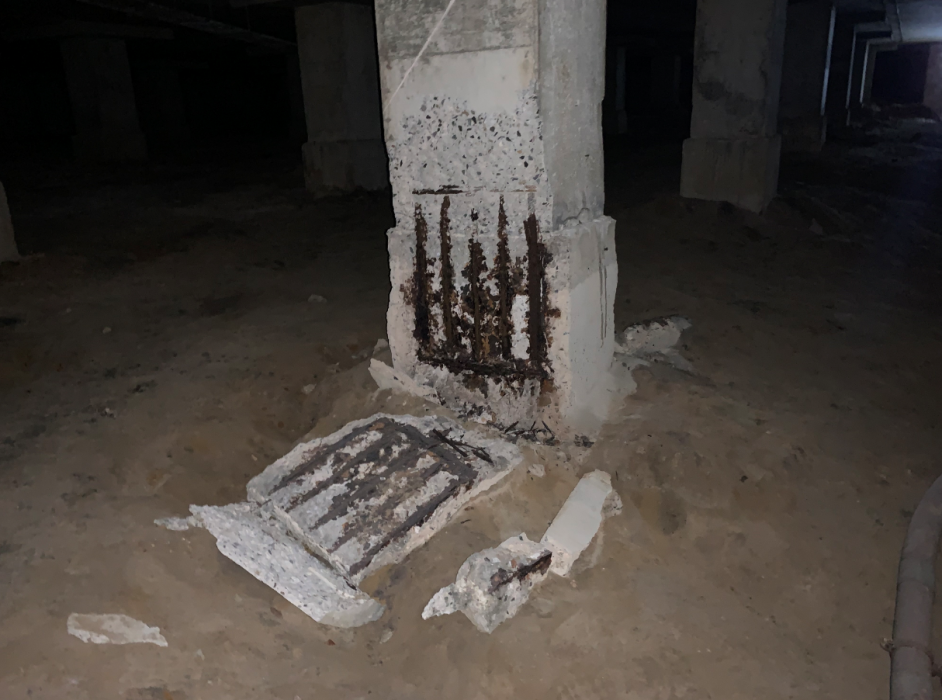Root cause remediation

Since 2019, Northrop’s Remedial & Diagnostic team has grown significantly. The founding member of the team, Leo Meng, who is now the team leader, attributes the growth to Northrop’s dedication to – and growing reputation for – identifying and addressing the root cause of an issue rather than just treating the symptoms.
“It’s vital to get to the root of the problem,” says Leo, whose early career spent as a structural engineer gives him a rounded perspective of cause, effect and appropriate solution in remedial work.
“To understand what’s happening, we will first try to get hold of the existing drawings of the building, and then we’ll open up the building fabric. Where necessary, we’ll carry out invasive investigation, testing the building fabric and even destructive investigation to understand why whatever’s happening is happening, and get to the root cause of the defect.”
Leo and his team work across all market sectors, including residential, commercial, industrial, aged care, hospitality, defence and infrastructure.
Project types typically cover building repair, façade replacement/repair, aluminium composite panels (ACP) replacement design, building assessment, building defects/expert witness, waterproofing consultancy, forensic assessment and project management.
“Testing and investigation are so important,” says Leo, who, before joining Northrop established and led the buildings remediation team at a global infrastructure company.
“Waterproofing issues, for example, are challenging as water goes everywhere, but it’s common that after investigation, we’ll discover multiple entry points and numerous leaking locations”.
“It would be tempting to find the first leak location and think, ‘the water’s getting in from there,’ repair it and think that the job was done”.
“Without a thorough investigation, we’d not find multiple entry points, and the client would be left with the same problem occurring after spending money in the belief it was fixed.”
Effective remediation of old and new buildings
The age of the buildings the team works on varies greatly. A lot of work at present is focused on ACP replacement, while there’s also a continual line of heritage restoration work to factor in.
“The ACP replacement work can have tight timeframes, and we work with the builder to produce the design,” says Leo. “We have to carry out an invasive investigation of the existing framing to accurately assess the current framing condition to develop the most feasible design for the new cladding.”
“With heritage restoration projects, we’ll work with the architect to minimise the visual impact on the heritage building and strengthen the deteriorated building elements at the same time.”
Leo and his team work closely with asset managers, building owners, architects and builders to ensure problems are identified fully and rectified with the long-term in mind.
“We’re extending the life of the buildings and structures,” he says. “If we have a long-term relationship with a building, we can sometimes pre-empt issues – and if not, we know the building inside out, which gives us a great head start.”
And, working with a team that knows the building long-term not only enables you to get ahead of issues that might arise, it also helps save costs, reduce safety risks and, ultimately, extend the life of the building significantly.
For more information on our remedial & diagnostic services, contact Leo Meng at lmeng@northrop.com.au or on 0452 205 727.
